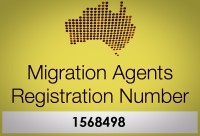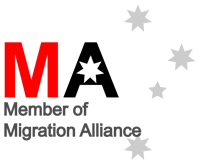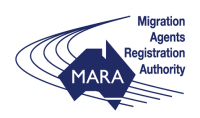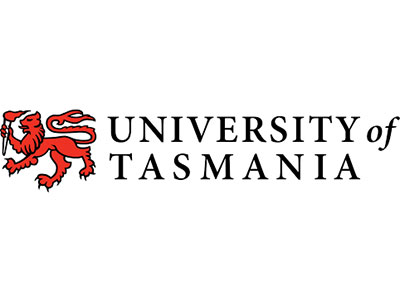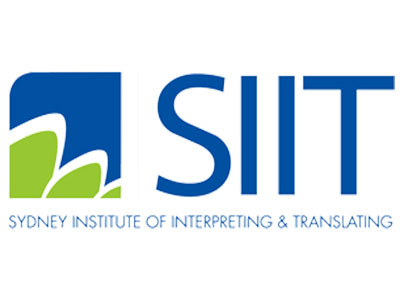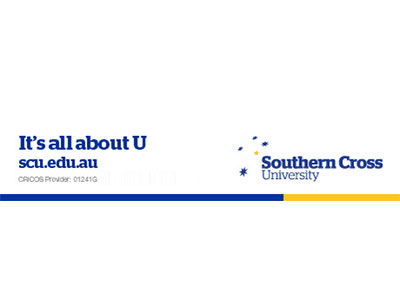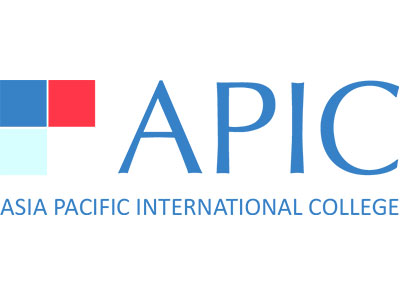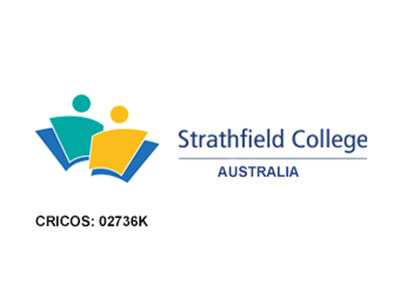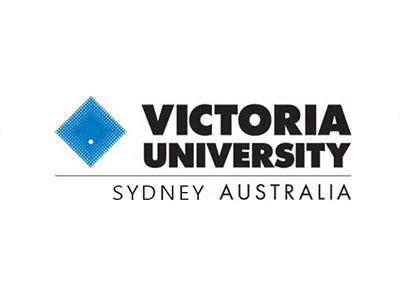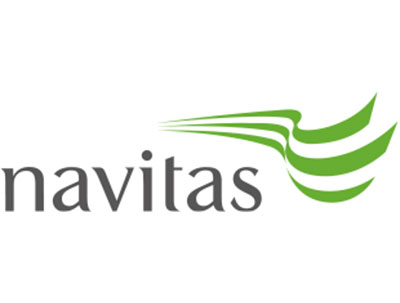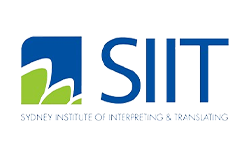 If you’re a Temporary Skill Shortage (TSS) visa holder, you may be wondering about your options for permanent residency in Australia. Fortunately, there are several pathways available for TSS visa holders to transition to permanent residency.
If you’re a Temporary Skill Shortage (TSS) visa holder, you may be wondering about your options for permanent residency in Australia. Fortunately, there are several pathways available for TSS visa holders to transition to permanent residency.
1. Employer Sponsored Temporary Transition Stream (ENS/RSMS)
The Employer Sponsored Temporary Transition Stream is a pathway to permanent residency for TSS visa holders who have worked for their employer for at least three years. This pathway is available through the Employer Nomination Scheme (ENS) and the Regional Sponsored Migration Scheme (RSMS). To be eligible, you must have been nominated by your employer for a permanent visa in an occupation on the relevant skilled occupation list.
2. Employer Sponsored Direct Entry Stream (ENS/RSMS)
The Employer Sponsored Direct Entry Stream is another pathway to permanent residency for TSS visa holders. This pathway is also available through the ENS and RSMS, but does not require you to have worked for your employer for three years. Instead, you must have been nominated by your employer for a permanent visa in an occupation on the relevant skilled occupation list and have the required skills and qualifications.
3. General Skilled Migration (189/190/489)
If you do not have an employer sponsor, you may be able to apply for permanent residency through the General Skilled Migration pathway. This pathway includes the Skilled Independent visa (subclass 189), the Skilled Nominated visa (subclass 190), and the Skilled Regional (Provisional) visa (subclass 489). To be eligible for these visas, you must meet certain criteria, including having an occupation on the relevant skilled occupation list, meeting the points test requirements, and meeting other relevant visa criteria.
4. Partner Migration (As the partner of an Australian Permanent Resident or Citizen)
If you are the partner of an Australian permanent resident or citizen, you may be eligible for permanent residency through partner migration. This pathway includes the Partner visa (subclass 820/801) and the Partner visa (subclass 309/100). To be eligible, you must be in a genuine relationship with an Australian permanent resident or citizen and meet other relevant visa criteria.
In conclusion, as a TSS visa holder, there are several pathways available to you for permanent residency in Australia. Whether you have an employer sponsor or not, there are options to suit your individual circumstances and goals. If you’re unsure which pathway is right for you, it’s a good idea to speak with a registered migration agent for expert advice and guidance.






